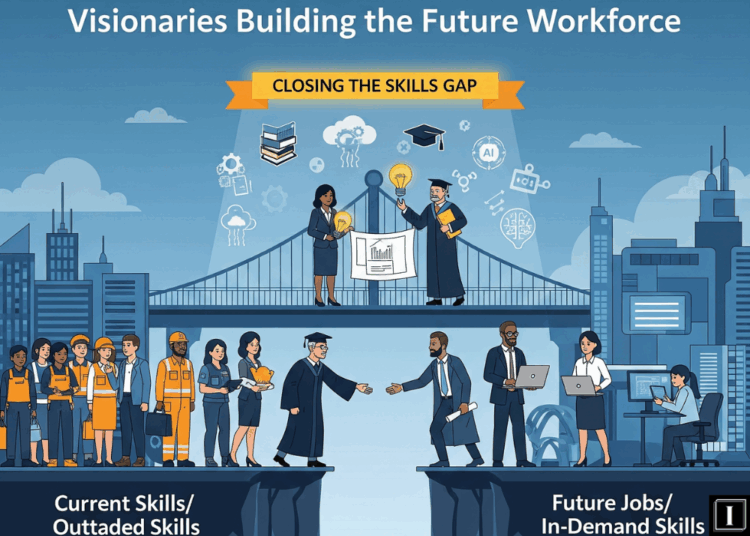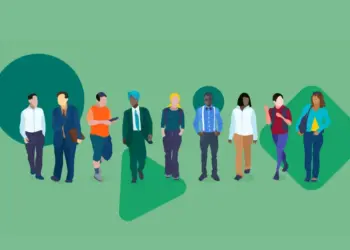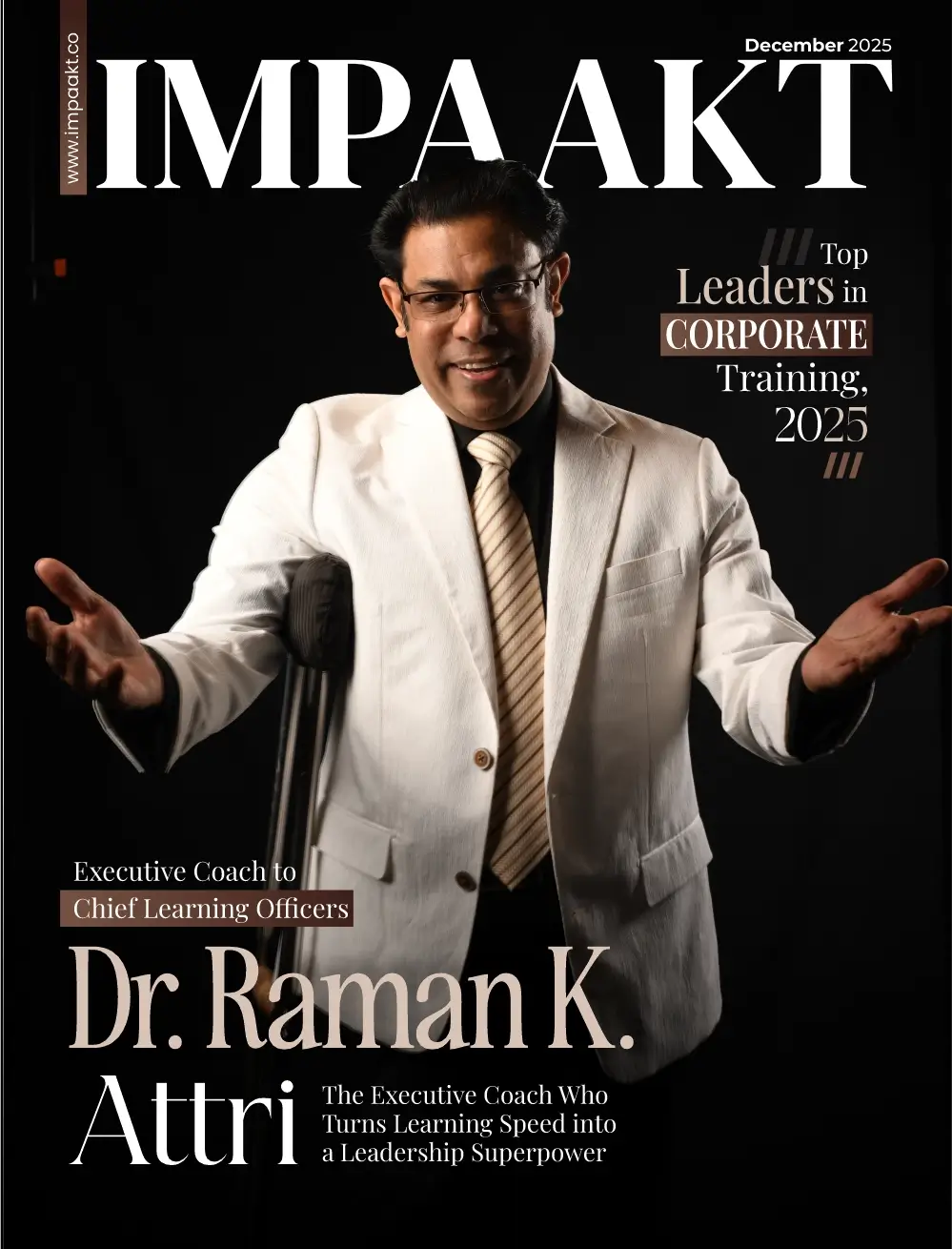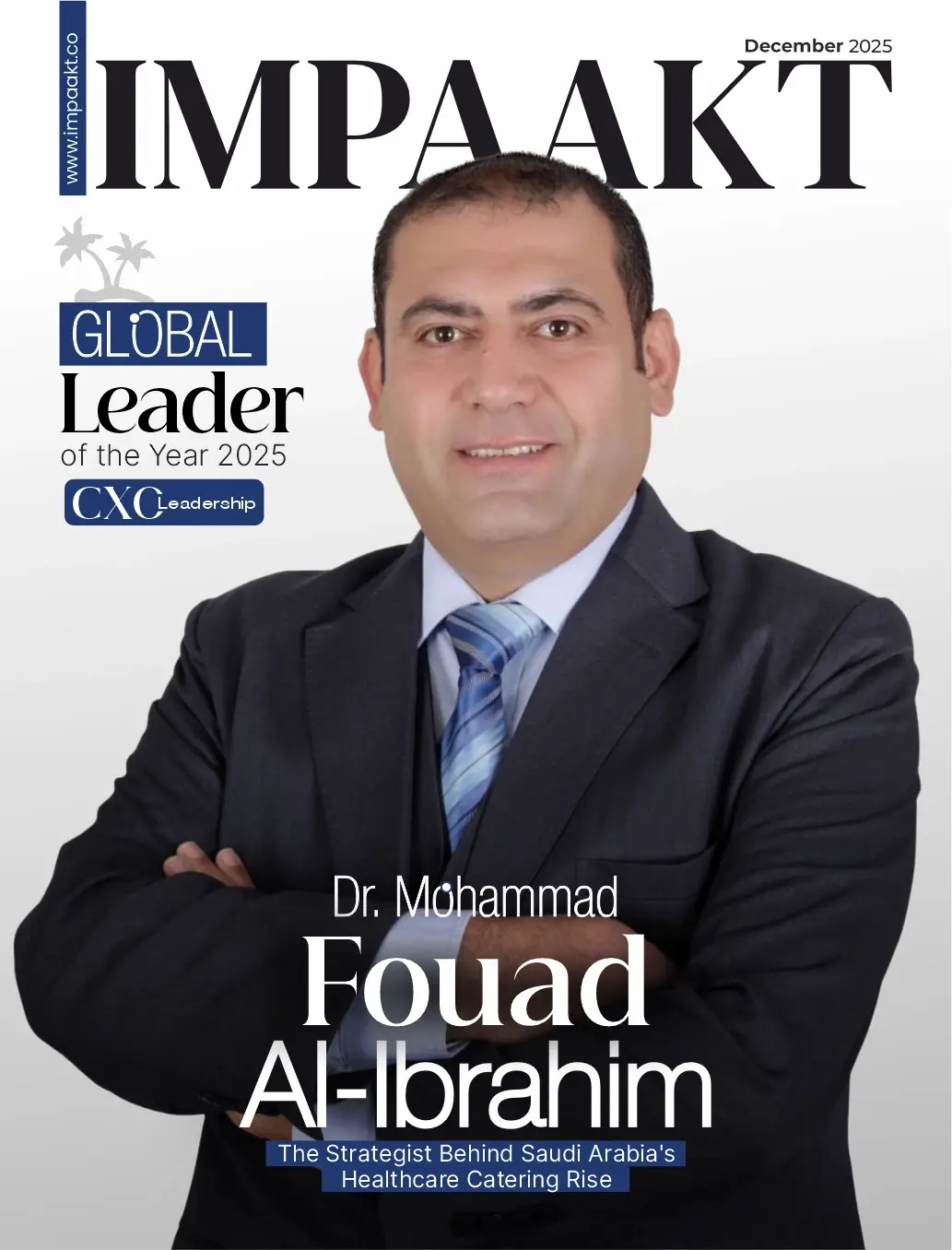The Role of Thought Leaders in Closing the Skills Gap
In today’s rapidly evolving job market, closing the skills gap has become a critical challenge for industries worldwide. While technology advances at a record pace, the workforce often lags behind in acquiring the necessary skills to meet new demands. This growing mismatch threatens productivity, innovation, and economic stability. Amid this challenge, thought leadership in education has emerged as a transformative force in bridging this divide.
Visionary leaders across business, academia, and policy are pioneering strategies to align education with real-world needs. Their efforts in workforce development, upskilling and reskilling, and fostering education and industry collaboration are redefining how we prepare talent for the future of work skills.
Closing the Skills Gap Through Thought Leadership in Education
Thought leadership in education plays a pivotal role in identifying the gaps between academic instruction and market expectations. These leaders bring foresight, experience, and innovation to the table. They don’t just diagnose problems—they actively influence the direction of learning systems, policy reforms, and employer practices.
By advocating for agile curricula, digital literacy, and project-based learning, thought leaders ensure that education keeps pace with technological change. Their insights fuel the design of scalable solutions for bridging the skills gap, especially in high-demand sectors like AI, cybersecurity, healthcare, and clean energy.
How Workforce Development is Closing the Skills Gap
A robust strategy for closing the skills gap starts with comprehensive workforce development. This involves more than just technical training—it includes soft skills, adaptability, and lifelong learning mindsets. Thought leaders promote workforce development initiatives that are inclusive, diverse, and future-facing.
Public-private partnerships, apprenticeships, and community training programs are examples of scalable models. These efforts ensure that underserved populations also benefit from growth opportunities, making the workforce more resilient and equitable.
Future of Work Skills: What Thought Leaders Emphasize
The future of work skills are vastly different from those of the past. Today’s jobs require critical thinking, digital proficiency, collaboration, and emotional intelligence—traits not always emphasized in traditional education. Thought leaders advocate for embedding these competencies early and consistently across educational systems.
By understanding technological trends and shifting market dynamics, they guide institutions in creating programs that foster innovation. These include bootcamps, micro-credentials, and modular learning pathways that align directly with industry needs.
Upskilling and Reskilling: Tools for Closing the Skills Gap
In the context of automation and digital disruption, upskilling and reskilling are essential tools for closing the skills gap. Thought leaders help businesses identify which roles are at risk and design learning journeys that help employees transition into new functions.
Corporate leaders now recognize that talent development is a strategic investment, not just an HR responsibility. Leading companies are creating internal academies, investing in online learning platforms, and incentivizing employees to pursue growth.
Thought leaders help shape these programs, ensuring they are relevant, inclusive, and continuously updated.
Education and Industry Collaboration in Action
One of the most effective ways of bridging the skills gap is through strong education and industry collaboration. When academia and employers co-create programs, the outcomes are far more aligned with workplace realities.
Thought leaders act as liaisons in these partnerships. They encourage real-time feedback loops, hands-on training, and internships that give students exposure to evolving workplace expectations.
Such collaborations also help educators stay current with trends and adjust their content delivery in real-time—something static educational systems often struggle to do.
Leadership in Workforce Training for Long-Term Impact
Leadership in workforce training is about building a learning culture within organizations. Thought leaders champion this by encouraging C-suite buy-in, measuring learning ROI, and aligning training goals with business strategy.
This kind of leadership ensures that training isn’t a one-time event, but a continuous, data-informed journey. It also positions companies to pivot quickly in the face of technological disruption.
Leaders who emphasize training foster a proactive approach to closing the skills gap, making organizations more adaptable and competitive.
The Long-Term Benefits of Closing the Skills Gap
When we succeed at closing the skills gap, the benefits extend beyond the individual. We see stronger economies, more resilient workforces, and faster innovation cycles. Talent becomes a driver of progress, not a limiting factor.
Thought leaders—by guiding education systems, reshaping business practices, and influencing policy—play an indispensable role in this transformation. They don’t just react to change; they shape it.
Conclusion: A Call to Action for Future-Ready Leadership
The challenge of closing the skills gap is not one that can be solved in silos. It requires thought leaders from all sectors to collaborate, innovate, and invest in human potential. With the right leadership, the gap doesn’t just close—it evolves into a pipeline of opportunity.
If you’re passionate about the intersection of impact, education, and innovation, explore how thought leadership is shaping the conversation at IMPAAKT, featured in every top business magazine.











